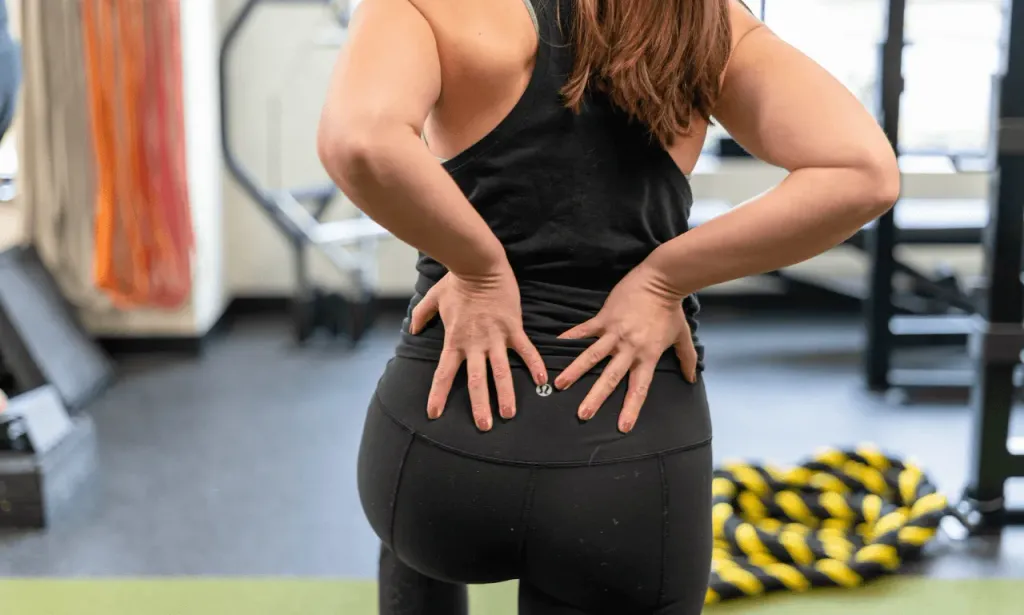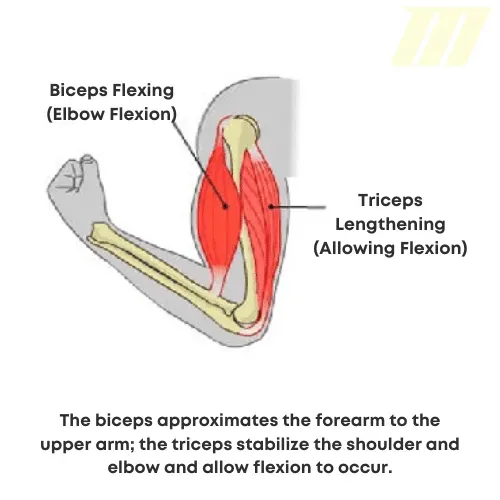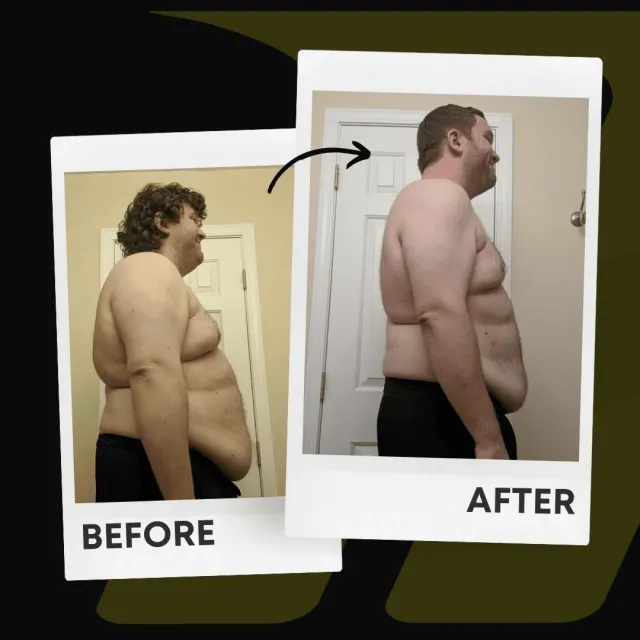Lower Back Stretches: Are They Effective?
May 16, 2022 | Stretching

It’s probably not surprising that “lower back stretches” is one of the most searched terms in health and fitness. We exercise less, sit at our home offices more, and are on track to be the unhealthiest we’ve ever been. You can Google health or obesity statistics and see for yourself; it’s sad and disheartening to watch the numbers continue to rise.
A study from 2010 found that roughly 25% of the United States population had experienced back pain within the last three months. (1) That was twelve years ago, so imagine the percentage today. I’m putting my money on it being significantly higher in 2022.
Even though people search for low back stretches on the internet, it’s safe to assume they’re hoping for relief from lower back pain, tightness, or both. Stretching can remedy pain, and it can undoubtedly improve tightness. However, it’s slightly more nuanced than this for the spine and lower back.
If lower back issues are so prevalent and everyone is losing their flexibility, it begs the question: what the heck are we doing?
Pain Sucks. Lower Back Pain Is Worse.
Pain is uncomfortable. You know this. I know this. Everyone knows this. We strive daily to eliminate mental and physical pain in any way we can.
Pain avoidance is human nature. And yet, we’re in more pain than ever, so something isn’t working.
Lower back pain is on a whole different level. If you’re reading this right now, there’s a good chance you’ve experienced lower back pain or currently have it. You know how detrimental it can be to your quality of life.
Lower back pain is the most common musculoskeletal problem globally and the number-one non-fatal disability people live with for longer than any other condition. (2) It’s a severe problem, and health organizations have watched it worsen for years.
So what do we do to fix it?
Should we stretch tight muscles? Should we send everyone to a physical therapist? Do we limit our range of motion and walk around like robots?
Well, it depends. I can’t give you the exact answer here, but I can give you a better idea of how to move forward. But first…
What Is stretching?
Stretching is simple: the goal is to put length through tissue over time. And there are lots of examples of this: dynamic stretching, isometric stretching, PNF stretching, static stretching, ballistic stretching, etc. However, how and why you stretch a tissue is essential to better stretching outcomes. But before I get ahead of myself, let’s look at how muscles lengthen using the elbow joint.

When you bring your forearm closer to your upper arm, you perform elbow flexion. That muscle action comes from the biceps tissue shortening and mechanically pulling the forearm toward the upper arm. Do a bunch of biceps curls, and you’re going to feel your biceps firing up, burning, and creating tension.
What you don’t feel are your triceps muscles and connective tissue lengthening. That does not mean your triceps are idling; the muscle tension is still high, and the muscle fibers are still firing. It’s just that you don’t mechanically feel that tension happening.
Some tissues, by nature, have more stiffness and layers of nervous system “stuff” (e.g., muscle spindles) and may generally be more sensitive to changes in resting length. The hamstrings immediately come to mind, which is why you feel them fire up every time you put them through a moderate stretch. It’s also why many people like they don’t lack hamstring flexibility.
Ideally, in a healthy joint, we see less reactivity to sudden changes of tissue at length and a more reciprocal relationship between all the muscles acting on a joint.
Thus, if joints respond poorly to length, we should try to improve their length-tension properties through exercise and stretching. For instance, if your triceps were causing pain during a biceps curl or had a limited range of motion, that would be a serious problem worth exploring.
Note: All of this is an oversimplification of what happens when you move. Biomechanics is more nuanced than this, but I’m simplifying to make a point.
Is Lower-Back Pain/Stiffness A Problem Stretching Can Solve?
The spine is a complex system anchoring your brain, nervous system, and major limbs. It’s the pillar from which most movements occur. Because of this, many tissues directly connect or influence how the spine moves (or doesn’t move.)
If you have pain or stiffness in your lower back, it’s tough to know exactly how to address it. Even the most brilliant coaches and kinesiologists argue about the best approach to fixing lower back pain.
Consider that you have approximately 24 joints in your entire spine capable of moving relatively independently. Which ones do you stretch, move, or stabilize to stay healthy, strong, and mobile? What about your shoulders, pelvis, and hips? They all act on the spine, too. How do you approach their involvement in the spine?
Relief from stiffness or pain in your lower back will take more effort on your behalf and a more thorough approach from anyone coaching or training you. Or, you know, just do these seven generic stretches for back pain and hope for the best.
It’s Not Your Fault, But You Can Do Better.
I won’t lie; this article is somewhat clickbaity. I’m not going to tell you whether or not stretching your lower back is helpful because I don’t know the answer. Instead, I’m going to give you a few things to think about:
- Do you think it’s normal that you’re not 100% in tune with your body?
- Do you think it’s acceptable only to react to pain and injuries?
- If you’ve done the same things repeatedly, with no results to show for it, do you think it’s time to try a different approach?
- If you don’t know the root cause of the problem, you’ll never fix the real problem.
The internet wants to sell you stuff. They’ve got all the answers to all your problems, which I find fascinating. If the human body is as complex as we say it is, then one article on lower back stretching will probably not be the answer you’re looking for. However, it’s our nature to find the path of least resistance. So, using a few stretches from the first thing that pops up on Google seems like a typical scenario.
The truth is you need to advocate for your health and wellness and learn about your body and what it needs. I realize it takes time, effort, and dedication, but this is your body we’re talking about here. Treat it with the respect and care it deserves.
“Get To The Point…”
Searching for lower back stretches on the internet is the tip of the iceberg to a more systemic problem: most people are not doing enough to help themselves stay healthy.
Muscle injuries continue to go up, and physical activity continues to go down. People don’t exercise anymore. Heck, they don’t even warm-up if they do a workout. And regular stretching is not a part of people’s daily activities.
Googling lower back stretches is a step in the right direction, but it’s likely not going to provide what you really need.
If you want to be pain-free, mobile, and strong, you need to learn what it takes to get there from square one. That means understanding the ins and outs of your entire body, not just the things that hurt or are in pain.
Do you know what your lower back is capable of and how it moves? For example, can you articulate every joint somewhat independently in your lower back? Have you ever tried to?
What about your pelvis and hips? Do you know how they move?
The deeper you go and the more questions you ask, the more you will find out you probably don’t know all that much about yourself.
And that’s okay. Some of this isn’t your fault. No one ever taught you how to self-care your body, even though it’s one of the most important things you should be doing daily.
Perhaps you’re not ready to take that all on yourself. Maybe you need to hire someone with the experience and qualifications to help you get there. Functional Range Conditioning has done a lot to revolutionize how we view and teach movement, so if you’re interested in learning more, I recommend you start there.
If you’re local to Grand Rapids, MI, or Austin, TX, we can teach you how to fight pain, gain strength, and get the results you’re looking for. Or, if you’re in the market for online coaching, we can help with that, too.
All I ask is that you take your health and body more seriously and stop looking for quick fixes to things that are genuinely bigger problems. Because once you find someone like us who can dig deep into your trouble areas, you’ll find that you’ve been searching for solutions in all the wrong places.
Be better than a first-page Googler.
References:
Written by:
 Motive Training Staff
Motive Training Staff
Does stretching work? We don’t just believe so; we know so. Reach out to us using any of the contact formson the Motive Training website, and we’ll take care of you.
We’ll teach you both how to move with purpose so you can lead a healthy, strong, and pain-free life. We’re available online or in Grand Rapids, MI, and Austin, TX. We’re in the Heartside district of Grand Rapids, MI, and the St. Elmo district in South Austin, TX.
